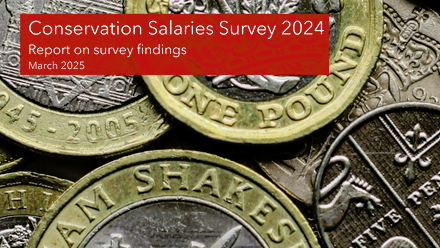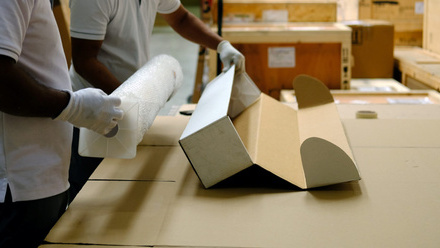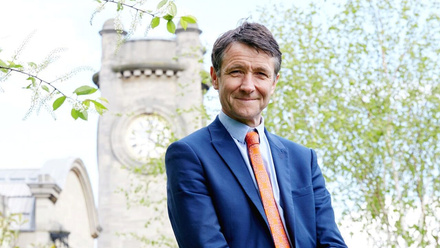Caring for the Mary Rose: A lockdown internship turned into a research paper
Two years ago, I wrote a coronavirus case study during my Erasmus+ internship in Conservation Science at the Mary Rose. In the case study, I wrote about how I had to adapt to a new normal as a student intern during the first UK lockdown.
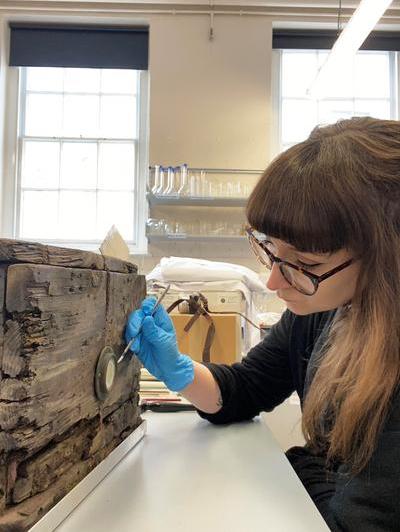
Karoline Sofie is working on conserving a 19th century treasure chest, found in 1885 onboard the sunken ship Alphonso XII off the coast of Gran Canaria
During my internship, I had been given an opportunity to work in an interdisciplinary research project with another student, Gabriel Lipkowitz, to analyse moisture content data to better understand the effects of drying the Mary Rose hull after years of polyethylene glycol treatment. The data was extremely complex as it had been collected over the course of three years with several core sample locations.
Gabriel and I had frequent Zoom meetings with our supervisor Prof. Eleanor Schofield (Deputy CEO at Mary Rose Trust) to discuss the findings from our data analysis and we used our different educational backgrounds to investigate the trends in drying. While my internship ended in August of that same year, the work with the moisture content research continued for another year and a half before it was finally published in Forests November 2021.
Coming from a background in conservation, I found it really interesting how Gabriel was able to use his background in computer science to create a tool that can help predict the drying rate for waterlogged wood. Before this research project, I had investigated the effects of different drying methods for waterlogged wood as part of my own master’s dissertation.
After all the work with my dissertation, it had never occurred to me that it would ever be possible to determine how rapidly wood at different depts could dry before even commencing a drying process. Working with Gabriel and Eleanor was truly an eye-opener to the field of heritage science.
It will always fascinate me how we can use other scientific disciplines, such as computer science and engineering, to better understand conservation issues.
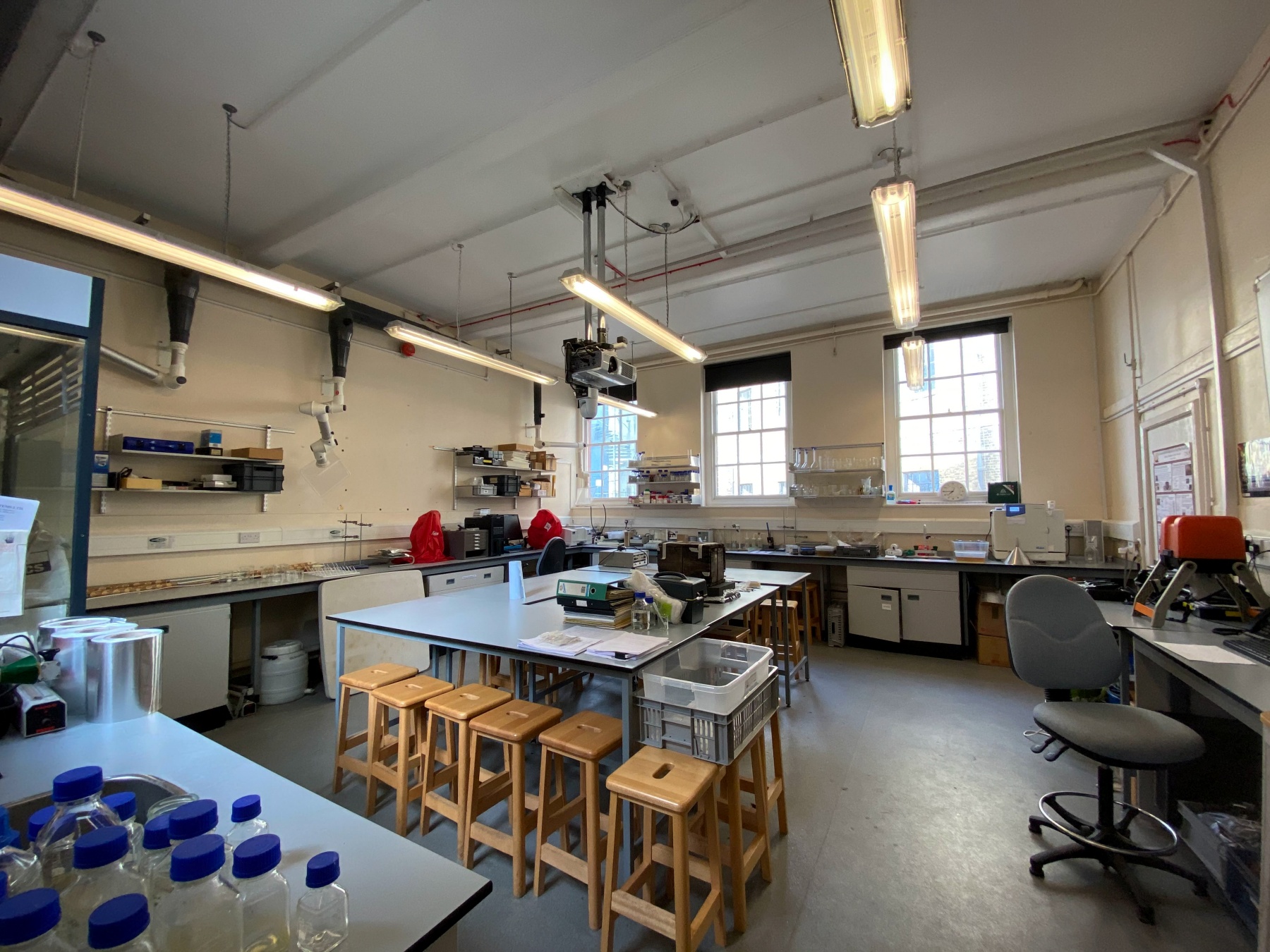
I am hopeful I will have several more opportunities to work with heritage scientists in the future and that I can use those experiences to further develop my own conservation skills and knowledge.
Looking back now, I am so happy I decided to stay put in the UK and complete my internship at the Mary Rose rather than returning to my home country, particularly because of all the opportunities I had to continue pursuing my career as a conservator here in the UK. I will always be exceptionally grateful for the opportunity to work on this large collaborative research project as it has truly helped me shape myself in my early career stages as a conservator.
A summary of the research paper will be published in the next issue of Icon News (June edition).

